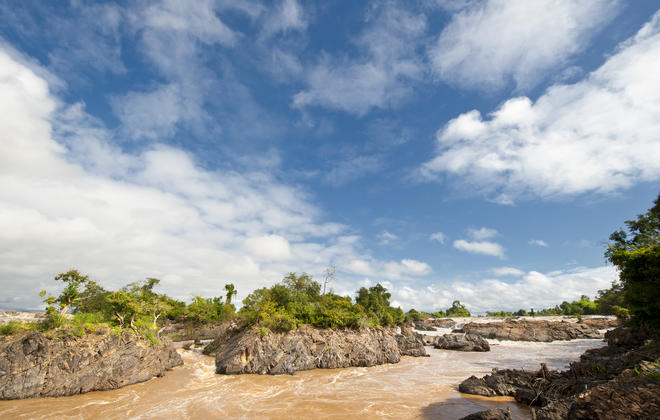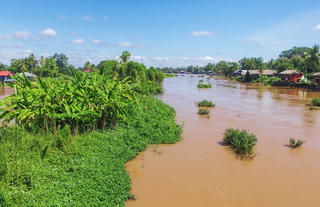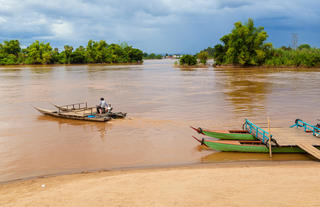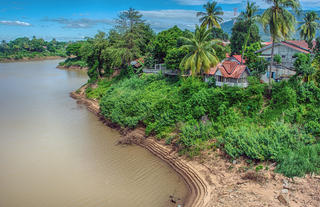Wedged between a number of larger neighbouring countries, Laos is often overlooked in favour of tourism giants such as Thailand and Vietnam. But these travellers are missing out on an extraordinarily scenic and culturally rich destination. Laos boasts a reputation as the least visited, least Westernised, and most untouched of all Indochinese nations. Only time will tell how long this will last, but while it does, visitors who choose to explore this nation’s remote areas will be richly rewarded. Laos’ primary drawcard is undoubtedly the mighty Mekong River which traverses the length of the country and is considered the second most biodiverse river in the world. In the north, the landscape is characterised by little-explored jungle-clad mountainous areas where visitors can witness the intriguing cultures of the various hill tribes that populate this region. Travellers on the hunt for cultural interest should head for the bustling capital of Vientiane, with its innumerable temples and Buddhist monuments. It is this variety of exotic wildlife, remote wilderness and remarkable cultural treasures that make Laos a truly unique and unforgettable holiday destination.
A charming town with elegant historical architecture and a distinctly French flavour, Luang Prabang in northern Laos is filled with interesting museums, bustling markets and traditional shops. 33 Buddhist temples dot the city.; the Haw Kham Royal Palace Museum and Wat Xieng Thong temple give travellers some background on and history of the Laotian people. Beyond the city, breathtaking nature and ancient sites await. Those who visit the Pak Ou Caves can see hundreds of Buddha statues accumulated there through the ages. The 180-foot Kuang Si Waterfalls, an hour’s drive out of the city, is one of the region’s natural highlights, with its layer upon cascading layer of turquoise pools and torrents.
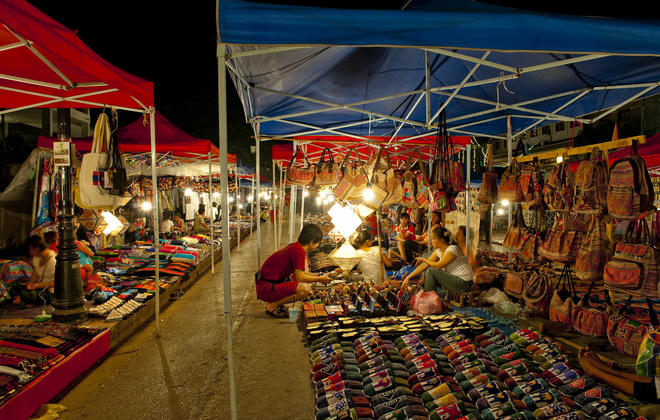




Phonsavan serves as the gateway to one of Laos’s most mysterious and compelling archaeological wonders: the Plain of Jars. Spread across hundreds of square kilometres of rolling hills, this vast landscape is dotted with thousands of ancient stone jars—some towering up to three metres high—believed to be at least 1,500 years old. Their true purpose remains an enigma: scholars have suggested funerary urns or burial chambers, while local folklore imagines them as places where lovers sealed their union. The town of Phonsavan itself carries an old-world atmosphere, shaped largely by architecture built in the mid-1970s following the end of the Vietnam War. A visit to the area’s two UXO information centres provides a thought-provoking and sobering glimpse into the region’s wartime history, adding depth and context to a stay in this quietly intriguing corner of Laos.

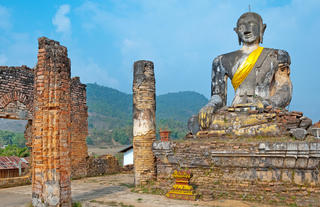
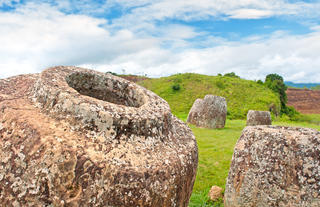
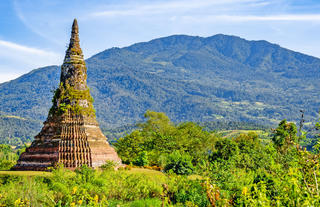
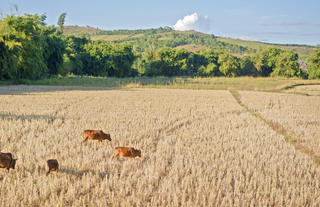
Surrounded by mist-draped limestone karsts, tranquil rice paddies, mysterious caves and ancient ruins, Vang Vieng is a vibrant jungle town set amid some of Laos’s most breathtaking scenery. Although the once-infamous river party scene has been reined in by new regulations, the town remains a premier hub for soft adventure—offering cycling, caving, tubing, rafting, kayaking, zip-lining and countless hiking trails through cinematic landscapes. Between excursions, travellers can unwind in the town’s growing collection of boutique hotels and international restaurants, which make it a comfortable base for exploring the region’s natural wonders. Sunset Hill offers one of Vang Vieng’s most striking viewpoints, while the area’s aquamarine lagoons and spring-fed swimming holes invite dreamy, refreshing dips. Combining raw natural beauty with just the right amount of comfort and charm, Vang Vieng continues to captivate visitors seeking adventure framed by extraordinary scenery.


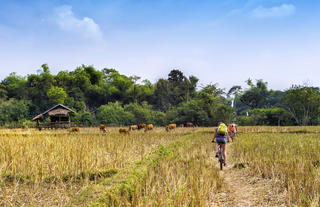
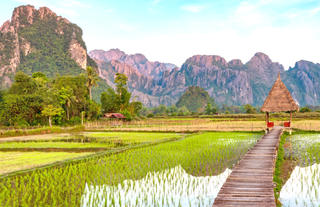
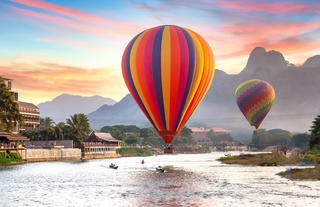
ViVientiane, the capital and largest city of Laos, offers a refreshing contrast to many Southeast Asian capitals—uncrowded, unhurried and imbued with a gentle, understated elegance. Set along the Mekong River, the city blends leafy boulevards, serene temples and evocative French-era architecture with a relaxed riverside lifestyle. Its spiritual heart is Pha That Luang, the nation’s most revered monument, a radiant 16th-century golden stupa symbolising Lao identity and Buddhist devotion. Travellers can wander between pavement cafés, atmospheric night markets and riverside restaurants, all of which reflect the city’s famously tranquil rhythm. Cultural highlights include the Laos National Museum, where thoughtfully curated exhibits trace the country’s long and complex history. With its calm disposition, historic charm and warm hospitality, Vientiane offers a captivating introduction to the soul of Laos.




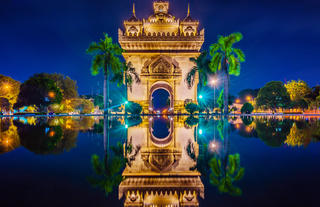
Pakse—also spelled Pakxe—sits at the picturesque confluence of the Mekong and Xe Don rivers and serves as the main gateway to southern Laos, including Si Phan Don, the Bolaven Plateau and the wider Champasak region. One of the country’s largest towns, it offers a relaxed riverside atmosphere and a handful of noteworthy cultural sites, such as the serene temple grounds of Wat Tham Fai and the Buddha Sandstone Carving Centre at Wat Chomphet. The most significant religious landmark is Wat Luang, an impressive temple complex now used as a training centre for novice monks. Travellers commonly use Pakse as a comfortable base for exploring nearby highlights—Tad Lo’s cascading waterfalls, the UNESCO-listed pre-Angkorian ruins of Wat Phu, local coffee plantations and the remote islands and rural landscapes that characterise Champasak Province. Blending convenience, culture and scenic surroundings, Pakse makes an ideal starting point for adventures across southern Laos.
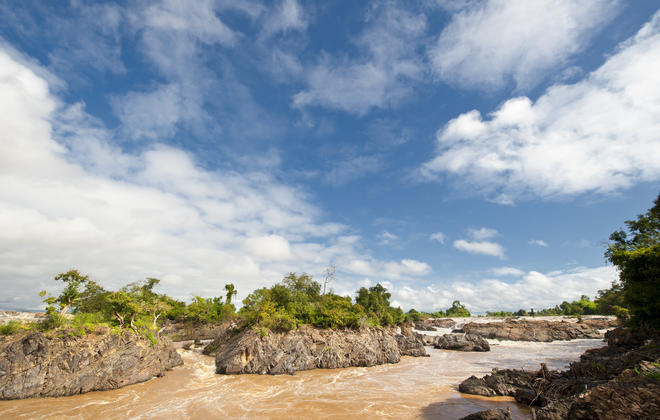




Once a commanding power in the Mekong River basin, Champasak has evolved into a tranquil province best known for its serene landscapes, ancient heritage and the beguiling Si Phan Don (4,000 Islands) archipelago. Its namesake town, Champasak, is a peaceful riverside settlement graced with French colonial buildings, shimmering Buddhist temples and a slow, timeless rhythm. The province’s crown jewel is Wat Phu, an evocative pre-Angkorian Khmer temple complex and UNESCO World Heritage Site dating back to at least the 5th century. A fragrant frangipani-lined stone stairway leads to its upper sanctuary, rewarding visitors with sweeping views over the surrounding plains and the remnants of this ancient spiritual centre. Beyond its archaeology, Champasak is a paradise for adventure seekers and nature lovers alike, with 178 named mountains, vast protected areas and riverine landscapes offering endless opportunities for exploration.
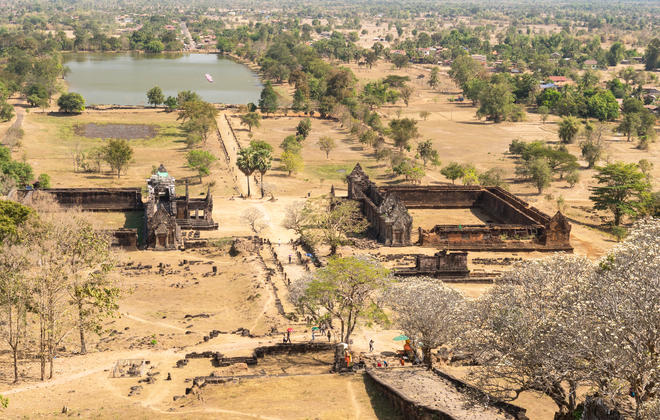



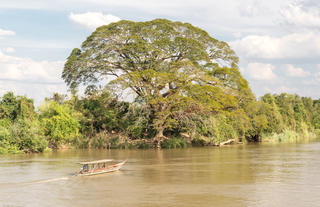
Far larger than neighbouring Don Det, Don Khon is a tranquil river island threaded with scenic walking and cycling trails. Scattered French-era buildings hint at its colonial past and lend the island a nostalgic, old-world charm. Travellers can take a longtail boat in search of the rare Irrawaddy dolphins, or wander to the impressive Li Phi Waterfalls, where the Mekong thunders through a series of dramatic rapids. As day turns to dusk, the historic French bridge linking Don Khon and Don Det becomes one of the area’s most enchanting viewpoints—perfect for watching the sky shift through hues of gold, rose and deep amber over the shimmering river.
